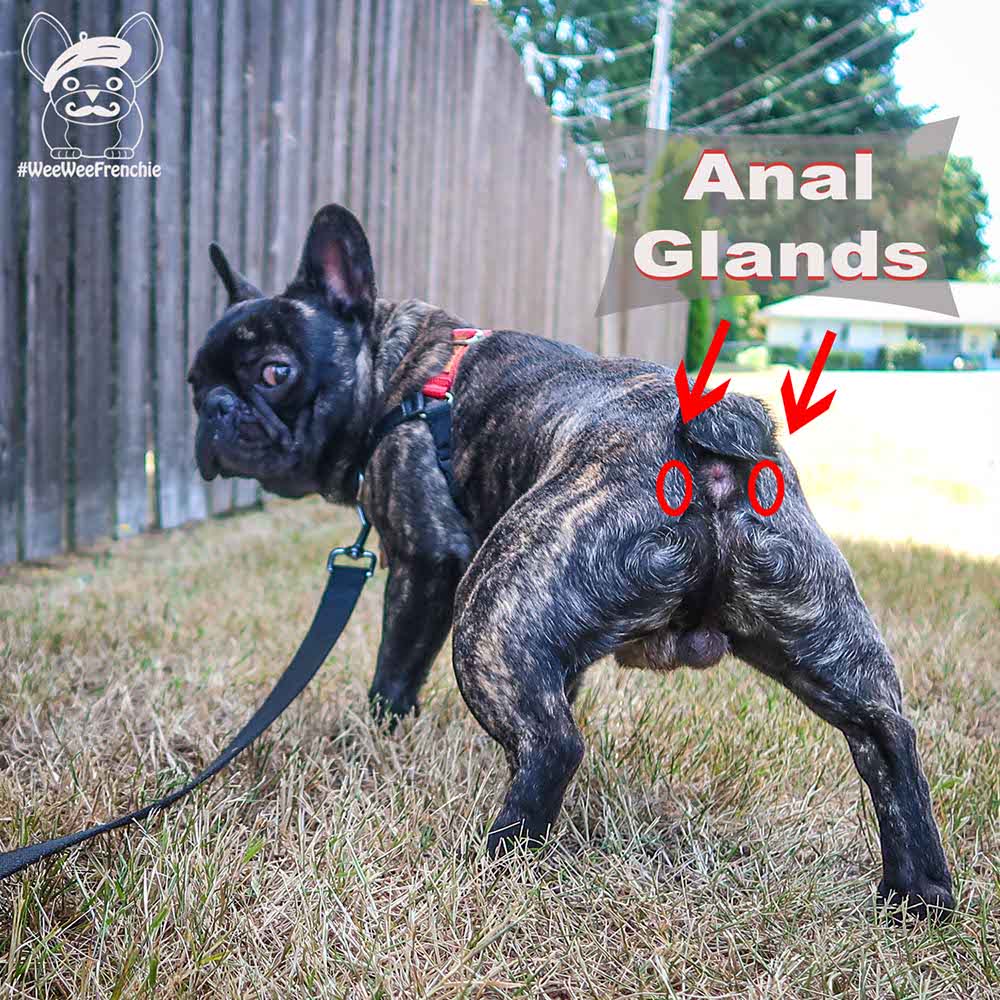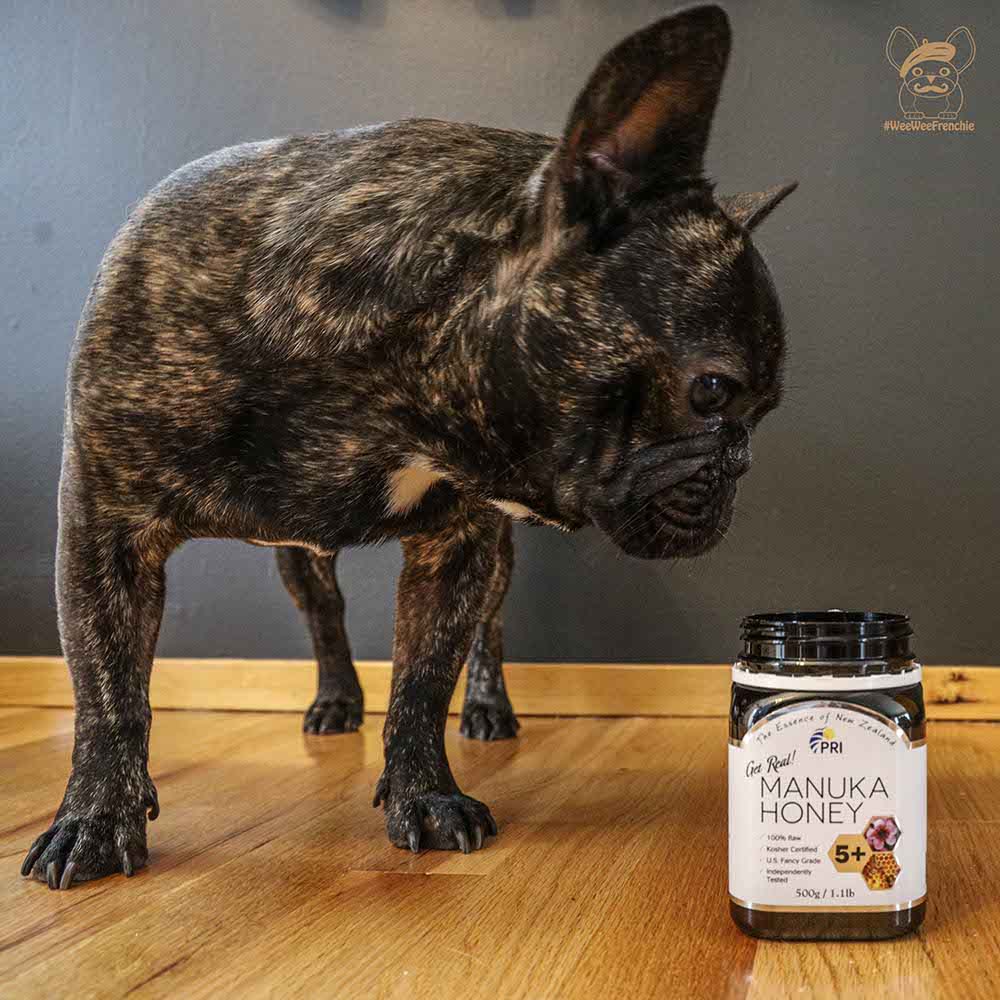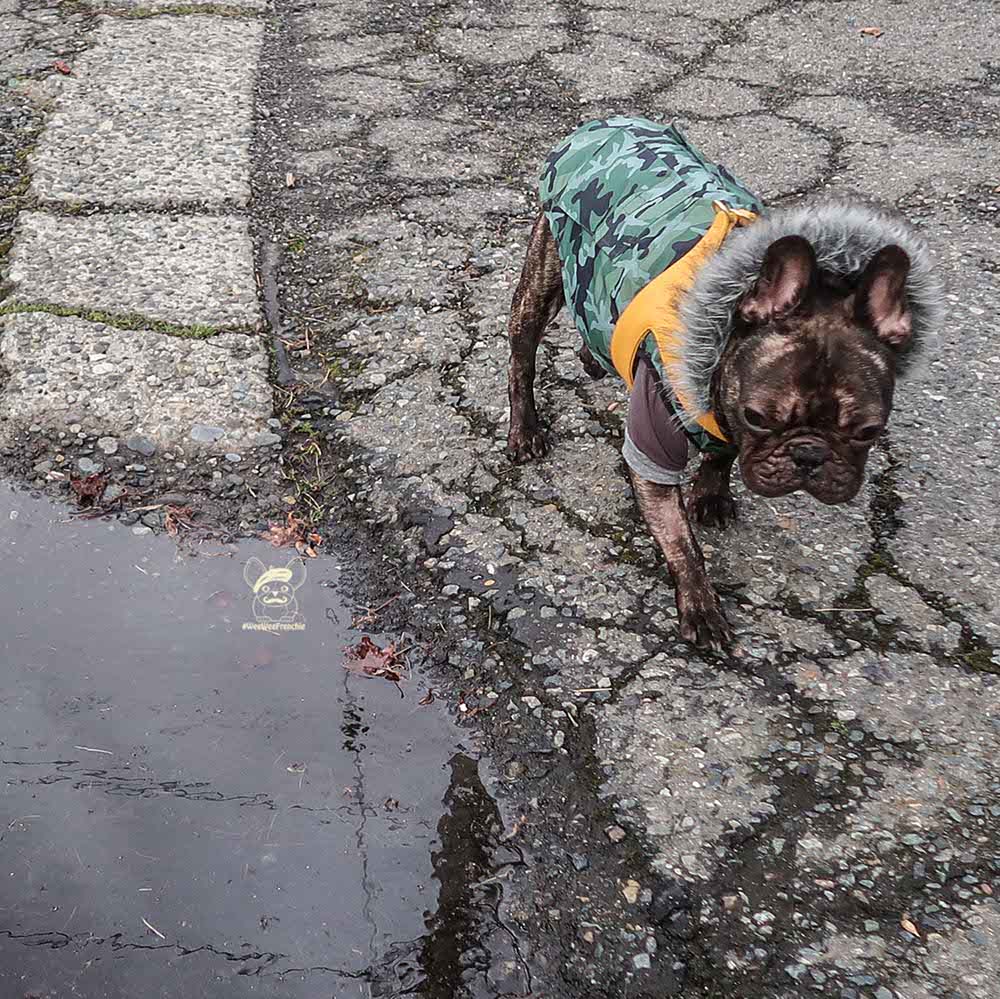Why Is Foxtail Grass Toxic To Your Dog
If you live in the Western United States, chances are you have heard of foxtail grass. It’s notable for being tall and has spiky blooms that resemble wheat stalks. But don’t be fooled. This innocent grass can be dangerous for your dog. Here is what you need to know.

Foxtail grass, also known as Alopecurus, is a common grass across temperate areas. It is a weed and can grow well in dry conditions. The flowering grass contains spikelets, making it easy to get stuck on clothing or fur.

The barbed seed heads are aggressive and can work their way into many areas of your animal’s such as:
- Webbing of paws
- Ears
- Nose
- Eyes
- Mouth
Foxtail can continue to travel up into other areas of the body. They can cause infection or perforation of organs (like the brain or lungs).
Embedded foxtails can lead to:
- Inflammation
- Irritation
- Redness
- Abscess/Infection
- Death (if migrates to vital organs)
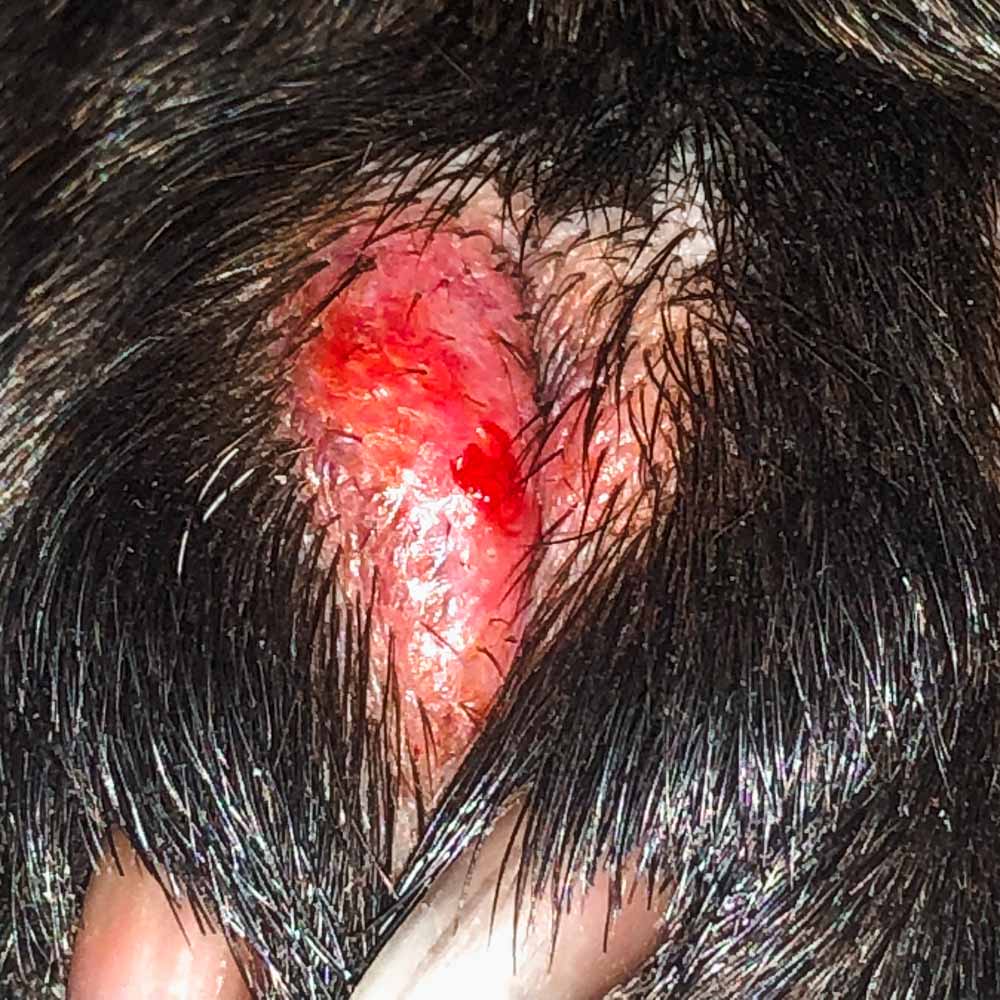
It isn’t “just” foxtails that can be dangerous. Any blooming grass with seeds can become embedded or attach to your dog’s skin. So it’s very important to check the grass in your yard, and look for any blooming grass seed. Keep grass cut short to help prevent blooming grass.
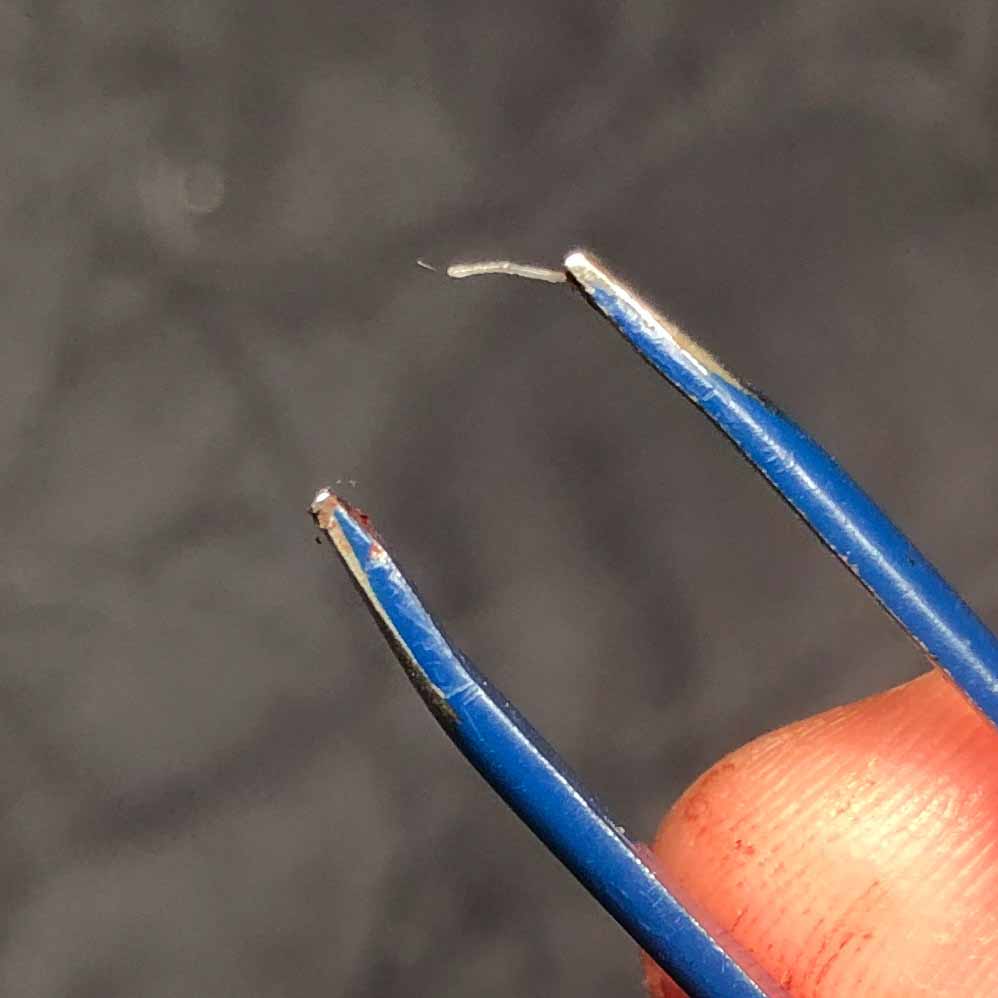
If foxtail or blooming grass is in your neighborhood, check your dog after every trip outside.
- Paws: Check in the paw webbing for any embedded grass seed and use tweezers to remove. If grass seed has migrated under the skin, it can cause swelling, redness, and irritation.
- Ears: If foxtail migrates into the ears, it could be hard to see. If your dog is shaking its head, tilting the head to one side, or scratching the ears frequently, it’s best to see the vet.
- Nose: Nasal discharge or frequent sneezing can be a sign that something is stuck in the nasal passage.
- Eyes: Redness, squinting, irritation, or discharge could mean foxtails in the eyes.
- Genitals: Redness, swelling, or pawing this area could mean a foxtail in this area.
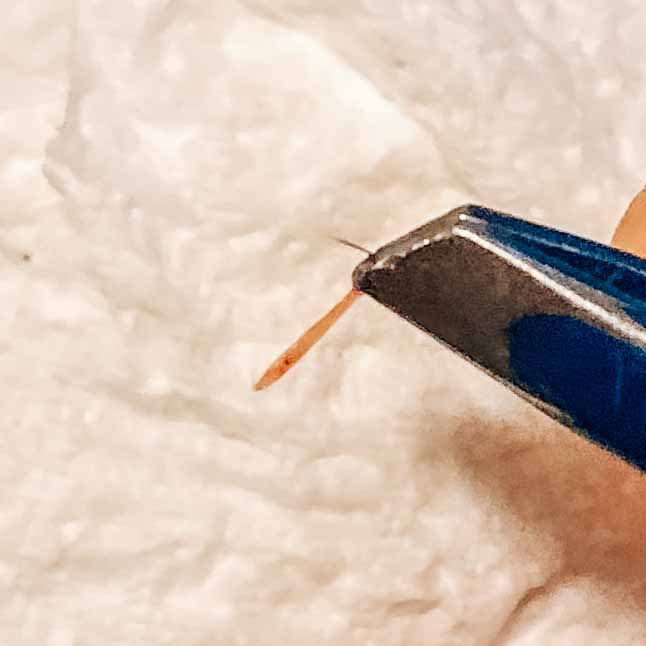
It’s hard to see foxtails on Xray, which produce a faint, white line. Ultrasound works better, which can show a foxtail more easily.
Bottomline, even with strict caution, foxtail can creep into your dog’s skin. If you can’t avoid foxtail, use booties to protect your dog’s skin. Don’t let your dog roam in blooming grass. Check your dog after every trip outside. Seek veterinary care if you suspect a foxtail has migrated into your dog's skin.
Subscribe to our weekly blog by submitting your information in the box below.


